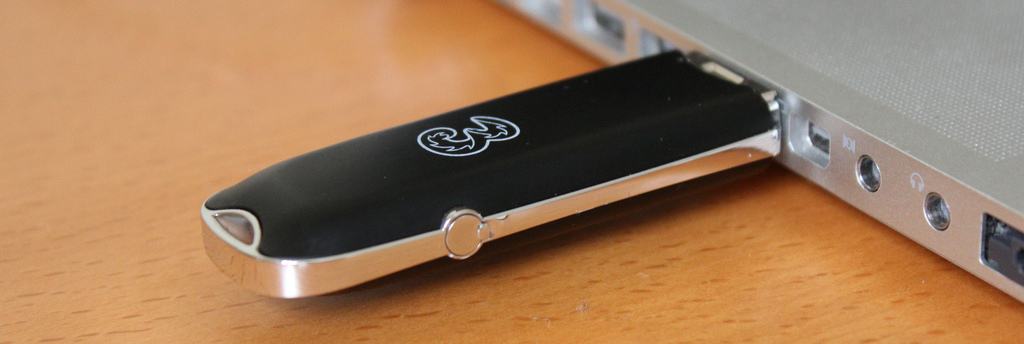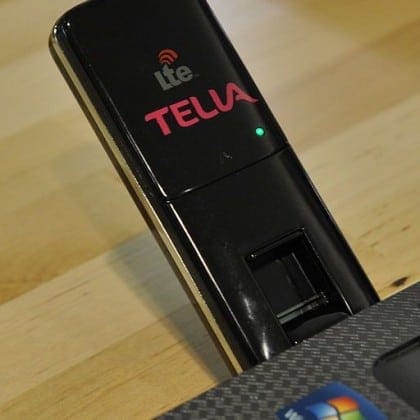Essential Things To Seek In A Mobile Broadband Provider
The modern world is fast-paced and zips along at high speed. Busy executives, professionals and even students are always in a hurry.

The modern world is fast-paced and zips along at high speed. Busy executives, professionals and even students are always in a hurry. They want their Internet access and they want it wherever they are. Mobile broadband services have kept pace with this demand. They allow users to remain connected to their networks all the time.
Mobile broadband is the answer to a connected professional’s prayers. It has practically eliminated the concept of downtime, allowing you to get work done even while waiting for something else to happen. Mobile broadband has also encouraged better social networking. The convenience provided complements the productivity boost provided by wireless broadband access to a busy, hyperactive audience.

As the mobile phone and tablet revolution swept the marketplace, the role for mobile broadband services mushroomed. Discerning users are not content to call any wireless Internet access “broadband”, demanding high speed multimedia and gaming experiences. 3G networks are the bare minimum they will accept as mobile broadband, with the more advanced 4G networks with their higher data transfer allowances being eagerly awaited around the world.
The outdated mobile networks including EDGE, GSM and GPRS are not able to compete against the much faster and versatile 3G broadband networks. Users will not accept their poor performance while contrasted against the 3G standard. If providers who still rely on these ancient technologies expect to compete in the market, they should consider upgrading to better mobile broadband standards. Otherwise they will find their position tenuous and be vulnerable against a more sophisticated competitor.
As a result, there has been unprecedented growth in mobile broadband networks. Behemoths of the early mobile era are now scrambling to cope up with newer developments. They are trying to upgrade their equipment and software while expanding their networks. Despite these expensive and intense efforts, they are still unable to keep pace with smart mobile broadband providers.
CDMA mobile networks are preferred by US carriers. These networks must upgrade to the EVDO standards before they can qualify to be called broadband services. A requirement of at least EVDO 1XRTT is the bare minimum, with other sophisticated technologies already available to raise standards higher. Verizon Wireless, a major brand in the mobile broadband space, claims conversion of the entire network to the highest standard called EVDO Rev A. Other networks like Sprint are catching up. Older backbones rooted in previous technological infrastructure will need replacement or major overhauls.
Broadband services that use older infrastructure cannot provide fast broadband browsing speeds. Older handsets without the newest enhancements will not be able to deliver high speed Internet browsing even if the network can support it. Subscribers must make sure that the provider’s network is state of art and also use smart mobile phones or tablet devices which can support the newer protocols.
Mobile broadband is still not able to tackle large data transfers. This is why streaming audio and video as well as interactive gaming is not yet very popular. VoIP, P2P file sharing and high speed data feeds have only limited utility in the current phase of development. But this is set to change soon with the rapidity with which newer advances are raising the bar.
Many mobile broadband providers set stringent limits on the data transfer allowances for subscribers. Most offer 5 GB of data every month. When you exceed this limit, the price per MB of data transfer rises steeply. The amount you pay will depend upon your provider, but the costs are much higher than with fixed line broadband connections.
Mobile network providers typically offer wi-fi hotspots from which subscribers can freely access wireless broadband services. These hotspots allow faster data transfer and a better Web surfing experience than with pure wireless Internet access, and most popular mobile phone carriers support this technology. Using wi-fi does not count towards your monthly data transfer limit, which is another reason for the popularity of hotspots for mobile broadband.
Charges to use mobile broadband services are almost uniform across various networks and providers. The choice between one service and another is usually based on other related factors such as the reach of network services and other ancillary plans such as voice call allowances in each plan. Major mobile phone carriers provide reasonable coverage over most areas, though there may be a drop in signal strength in certain areas. Wi-fi networks compensate for such limitations and allow higher quality mobile broadband.
Get the Best Updates on SaaS, Tech, and AI
Summary
These factors weigh heavily in your decision to sign up with a specific mobile broadband provider. Network speed is of paramount importance. Fast data transfer speeds makes the use of wireless broadband more pleasurable and effective. Data networks should minimize the risk of dropouts or disconnections by ensuring a wider coverage. The rates charged for bandwidth usage should be reasonable.
There should be no hidden charges, with rates being clearly published for activation costs, network card purchase, or penalties for breaking your contract.
 Thanks to Craig from the mobile phone trade in comparison sellmymobile.com for providing us with today’s featured post.
Thanks to Craig from the mobile phone trade in comparison sellmymobile.com for providing us with today’s featured post.
FTC Disclosure: The pages you visit may have external affiliate links that may result in me getting a commission if you decide to buy the mentioned product. It gives a little encouragement to a smaller content creator like myself.



One response to “Essential Things To Seek In A Mobile Broadband Provider”